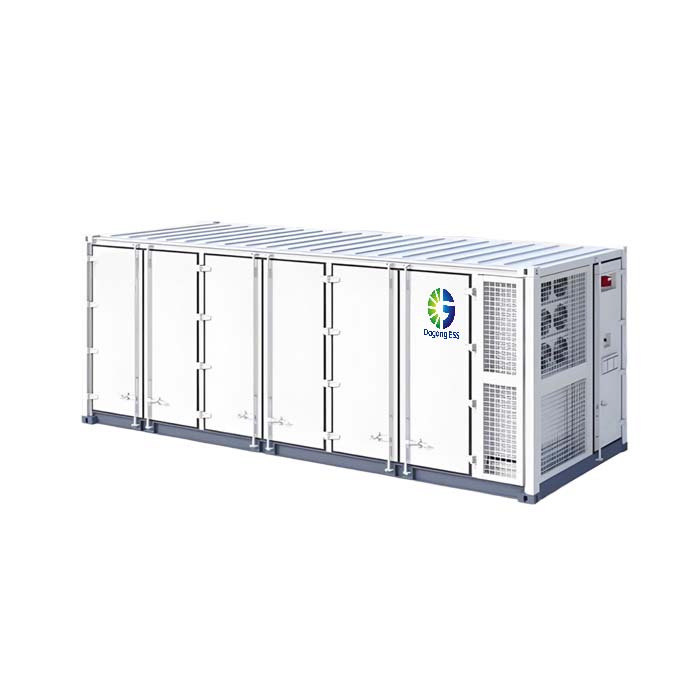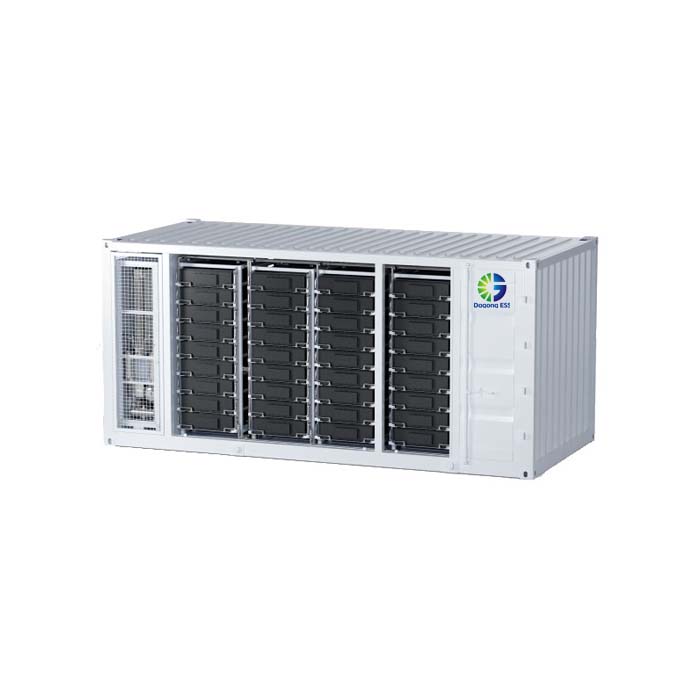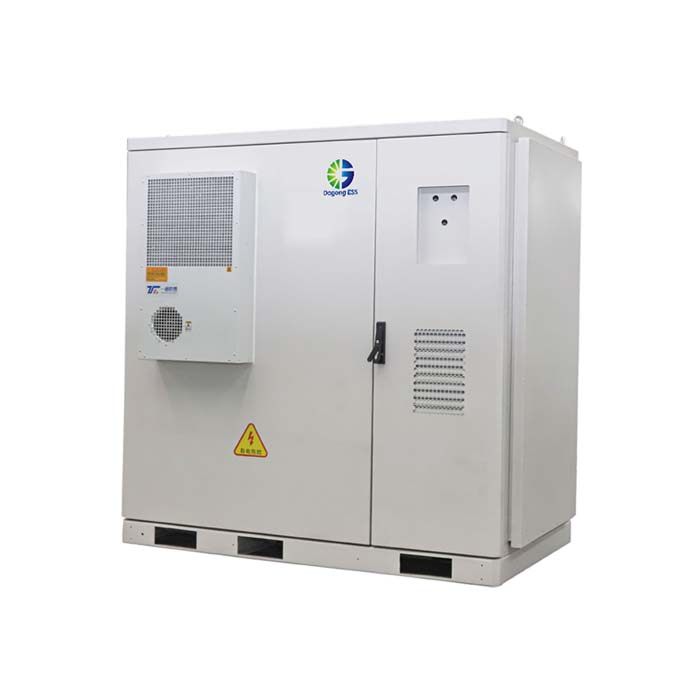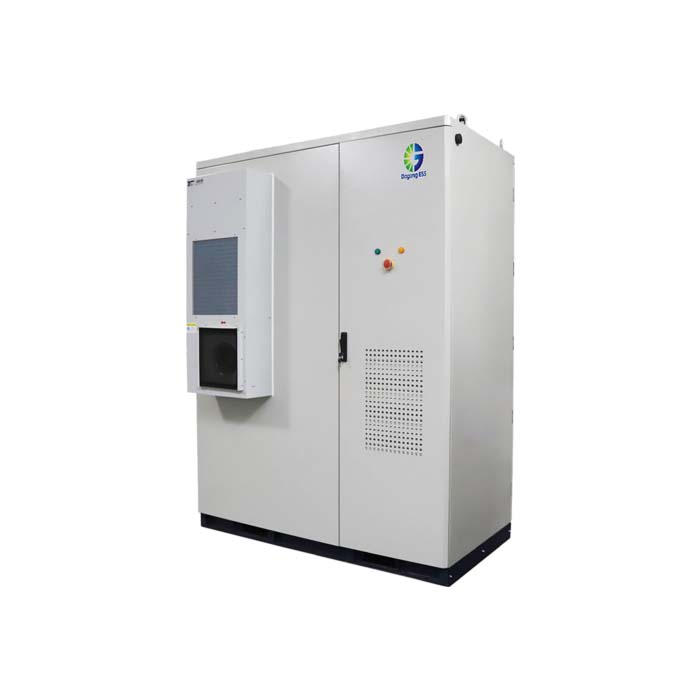Energy Storage System
What is an Energy Storage System?
An Energy Storage System (ESS) is a technology that stores electrical energy for later use. It allows energy generated from renewable sources like solar or wind to be saved and used when needed, improving energy reliability, flexibility, and efficiency. ESS plays a critical role in balancing supply and demand, supporting grid stability, and enabling energy independence.
Types of Energy Storage System
Energy storage systems can be categorized based on battery technology and cooling methods. The most widely used type today is the Lithium-ion Battery System, due to its high energy density, long lifespan, and efficiency.
Lithium-ion Battery Systems
Lithium-ion batteries dominate the ESS market thanks to:
High Energy Density: Compact size for greater storage capacity.
Long Cycle Life: Can support thousands of charge-discharge cycles.
Fast Response Time: Ideal for grid support and peak shaving.
Low Maintenance: Requires minimal upkeep compared to traditional batteries.
Cooling Methods: Air-Cooled vs. Liquid-Cooled Systems
Efficient thermal management is essential for the performance and safety of lithium-ion batteries. Two main cooling methods are commonly used:
Air-Cooled Energy Storage Systems
Air-cooled systems use fans or natural airflow to dissipate heat from battery cells. They are simpler, cost-effective, and easier to maintain. Suitable for moderate climates and smaller-scale installations.Liquid-Cooled Energy Storage Systems
Liquid cooling uses coolant circulating through the battery modules to efficiently remove heat. This method offers superior temperature control, enhancing battery performance and extending lifespan, especially in large-scale or high-power applications and harsh environments.
Both cooling technologies have their advantages. Choosing the right method depends on the project size, climate conditions, and performance requirements.
Features of Energy Storage System
Modular Design: Scalable from small residential systems to large industrial applications.
Smart Control: Equipped with intelligent Battery Management System (BMS) and Energy Management System (EMS) for real-time monitoring and optimization.
High Efficiency: Round-trip efficiency up to 90% depending on the battery technology.
Safety and Reliability: Designed with multiple safety layers and international certifications.
Environmentally Friendly: Enables the integration of renewable energy and reduces carbon footprint.
Applications of Energy Storage System
Residential Energy Storage: For self-consumption of solar energy and backup power.
Commercial & Industrial (C&I): Reduces peak demand charges, enhances power reliability.
Utility-Scale Storage: Supports grid balancing, frequency regulation, and renewable integration.
EV Charging Stations: Stores energy to support fast EV charging and reduce grid load.
Off-Grid Systems: Provides power in remote areas with no access to the main grid.
Price of Energy Storage System
The price of an energy storage system depends on several factors such as capacity, technology, and configuration. As a general reference:
Residential ESS: $300–$600 per kWh
C&I ESS: $200–$500 per kWh
Utility-scale ESS: Can be lower due to economies of scale
Prices continue to decrease as technology advances and production volumes increase.
How to Select an Energy Storage System for Your Project?
When selecting an ESS, consider the following:
Power and Energy Requirements: Determine the kW and kWh needed for your application.
Installation Environment: Indoor/outdoor, temperature range, space availability.
Battery Type and Cooling Method: Lithium-ion with air or liquid cooling depending on project needs.
Budget and ROI: Evaluate total cost of ownership, including installation and maintenance.
Certifications and Safety: Ensure the system complies with local standards and safety codes.
Supplier Support: Look for a supplier who provides customization, technical support, and after-sales service.
How Long Does an Energy Storage System Last?
The lifespan of an energy storage system depends on its battery type and usage pattern:
Lithium-ion batteries: Typically last 10–15 years or 6,000+ cycles.
Lead-acid batteries: Last around 3–5 years or 500–1,500 cycles.
Proper maintenance and operation can extend the system's lifetime.
The Supplier of Energy Storage System
Dagong ESS is a professional manufacturer and solution provider of lithium-ion energy storage systems. We offer three major product categories tailored to different application scenarios:
Residential Energy Storage Systems (5–80kWh)
Designed for homes using solar PV systems, our residential ESS ensures energy self-consumption, backup power during grid outages, and optimized electricity usage. Compact, modular, and easy to install, these systems are ideal for households seeking energy independence and lower electricity bills.
Commercial & Industrial (C&I) Energy Storage Cabinets (100–372kWh)
Our C&I ESS is built to help businesses reduce peak demand charges, enhance power reliability, and manage energy costs effectively. Available in both air-cooled and liquid-cooled versions, these cabinets offer flexibility, safety, and smart energy management for factories, offices, data centers, and EV charging stations.
For utility-scale and large industrial projects, Dagong ESS provides containerized energy storage solutions integrated with high-efficiency liquid cooling systems. These turnkey systems support grid stabilization, renewable integration, and energy trading applications, delivering high capacity, scalability, and outstanding thermal performance in harsh environments.
If you are looking for high-quality energy storage systems or need more information about technical specifications, feel free to reach out to Dagong ESS. You can contact them through their corporate email at sales@dagongess.com, or visit their "Contact Us" page to leave a message. They will respond promptly to provide you with the information you need.








